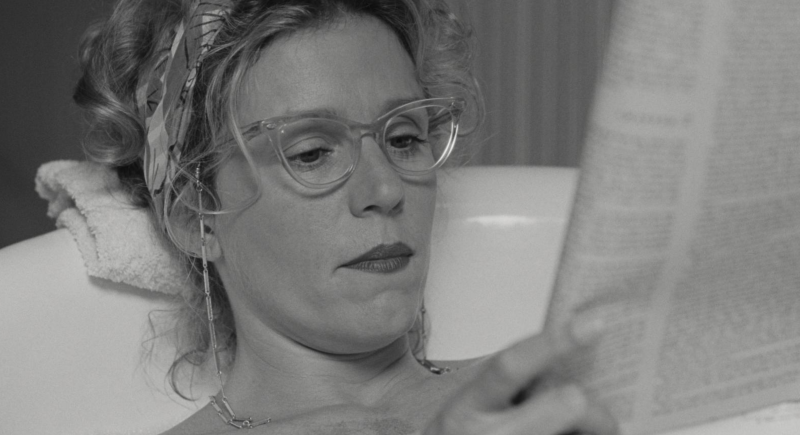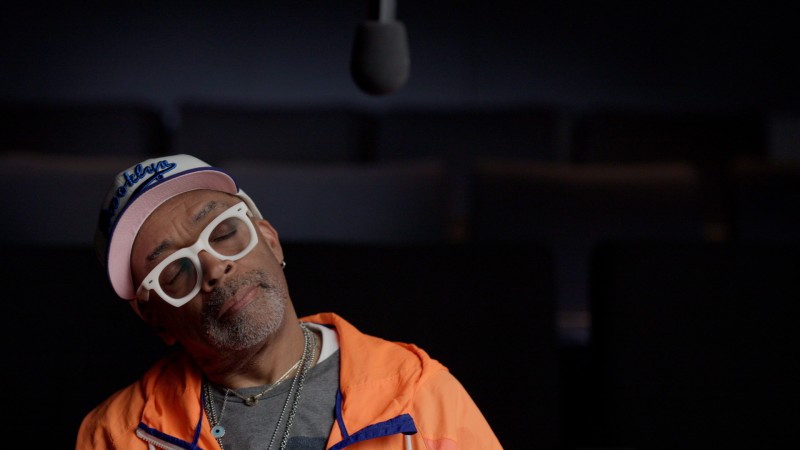Beyond the Western: The Staggering Range of Ennio Morricone

Fame, as the Chilean writer Roberto Bolaño once observed, is reductive. “Everything that ended in fame and everything that issued from fame was inevitably diminished,” he wrote in 2666, an epic novel published after his death.
What Bolaño identified as the flattening effect of fame—distinct from its friendlier relation, familiarity—is worth keeping in mind whenever we consider the legacy of Ennio Morricone, who died last July at ninety-one. His body of work sprawls across some 500 films, enfolding a magnificent expanse of sound and exerting an incalculable influence. But through the aperture of pop culture, it’s often summed up with scarcely more than a jot of music, a slender yet sturdy motif you might fairly characterize as a meme. This of course is the two-bar exchange that anchors Morricone’s title theme for The Good, the Bad and the Ugly, a 1966 Sergio Leone western starring Clint Eastwood as the Man with No Name.
A version of that melodic fragment may now be jangling like spurs in your head—but for the sake of explication, it’s a startling call-and-response patterned after a coyote howl. The first phrase is a slurring trill (“oo-wee-oo-wee-ooo”) played on the ocarina, a humble ceramic flute. Answering it is a three-note line (“wah, wah, wahh”) that sharpens the intrigue as effectively as an echoing cry through an empty canyon. As New York Times critic Jon Pareles suggested in a 2007 profile of the Maestro: “That theme was typical Morricone: a tenacious melody put across by an unlikely, unpretty, arresting combination of instruments.” As paired with the color-blocked silhouettes of Iginio Lardani’s title sequence, it was instantly iconic.
For Morricone, it was also a cross to bear. “I get really annoyed, because even though only eight percent of my film scores were for westerns, most people only remember me for those films,” he once told BBC Channel 4 News (which translated his remarks from Italian). “So sometimes I’m quite disappointed, because I’ve written for so many other types of films.”
In fairness, the sharply inventive character of Morricone’s music for Italian westerns—better known as “spaghetti westerns,” a term he found demeaning—would be achievement enough for most film composers, who are lucky to own a single cinematic lane. His contribution to the Italian western subgenre includes a series of other celebrated films by Leone, including the masterwork Once Upon a Time in the West (1968). He worked extensively with two other Sergios, on films like Compañeros (Sergio Corbucci, 1970) and The Big Gundown (Sergio Sollima, 1966). Throughout these soundtracks he made brilliant use of ambient effects, like the crack of gunfire; unlikely instruments, like the harmonica and Jew’s harp; haunting, often wordless vocals; majestic, judicious swells of strings; and the flinty, reverberating twang of electric guitar. And he put it all together in a manner utterly of its time, following the lead of George Martin’s groundbreaking production with the Beatles, which made tape effects and microphone placement part of the expressive palette for a recording. “The studio is that kind of tool now,” saxophonist-composer John Zorn said in the liner notes to his 1986 Morricone tribute The Big Gundown, “a way of composing, of documenting music on tape rather than score paper. It is the twentieth century’s notational revolution.”




